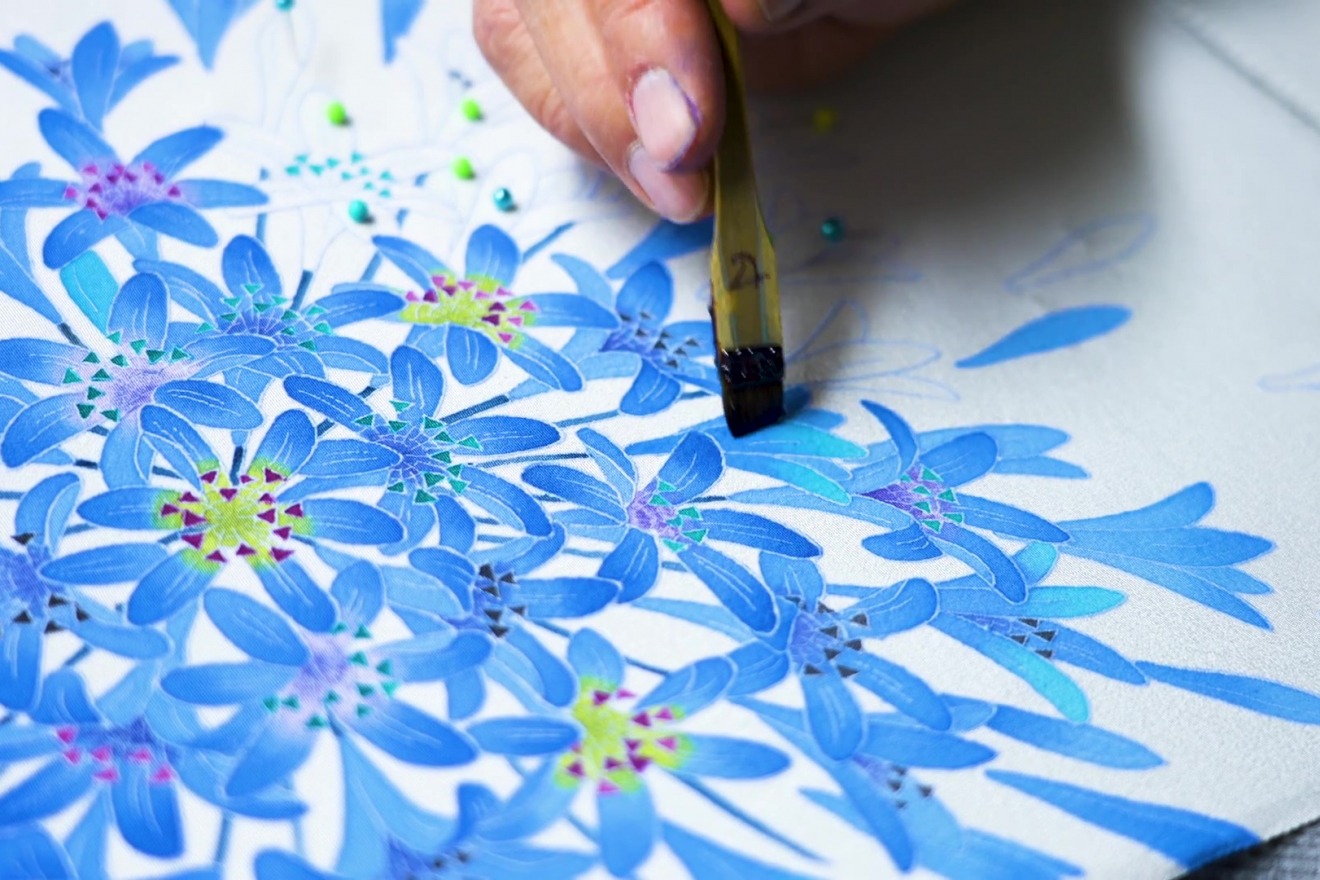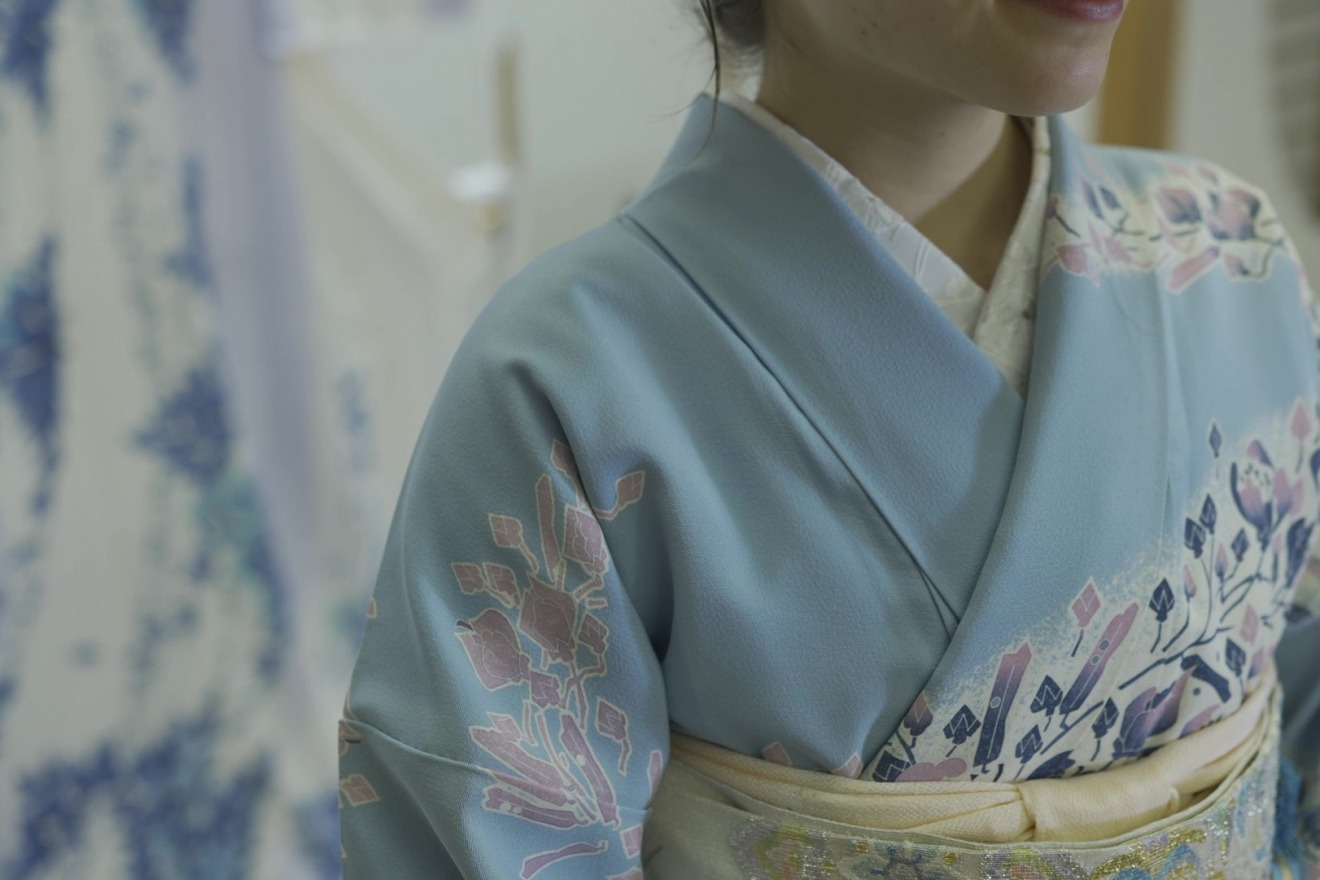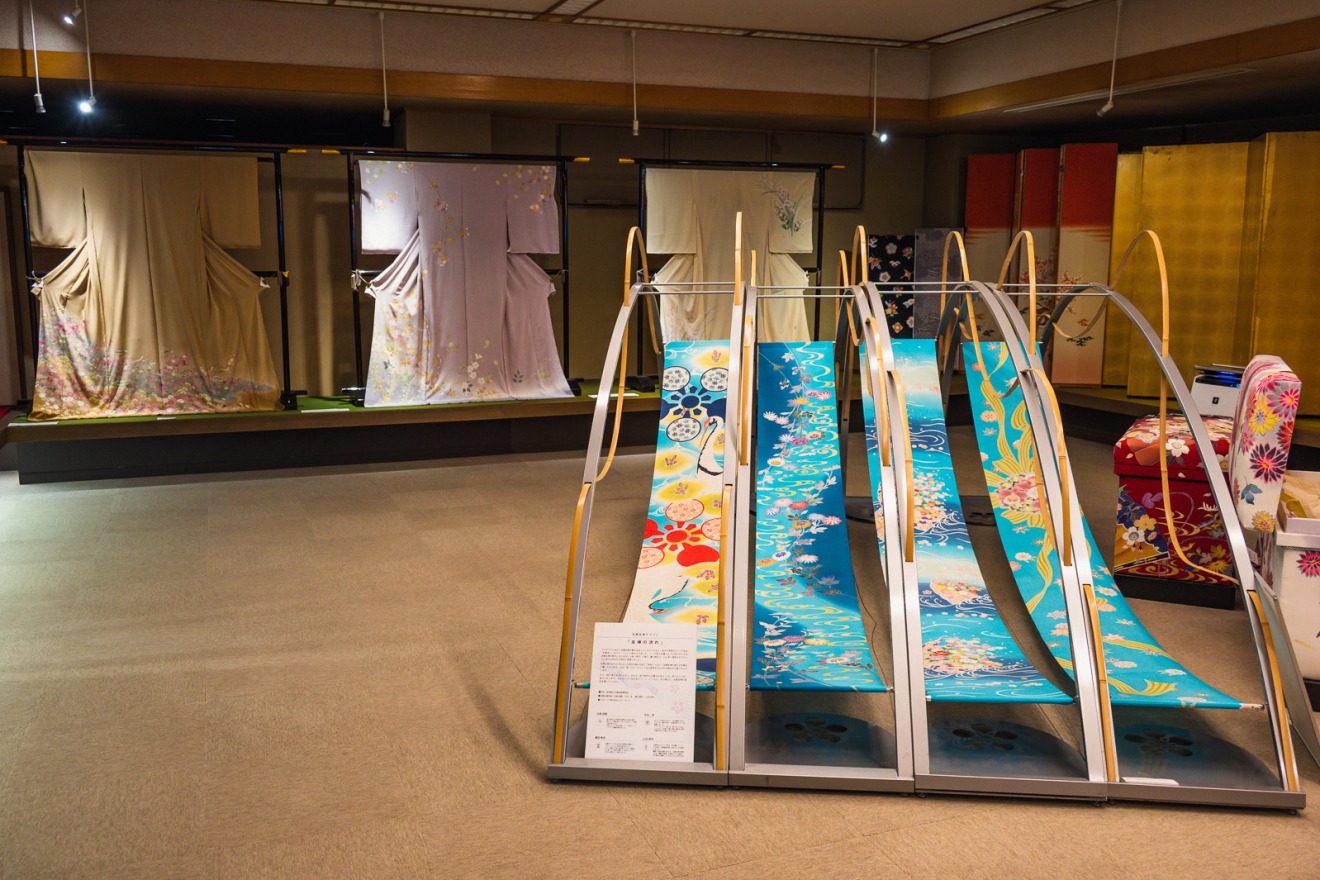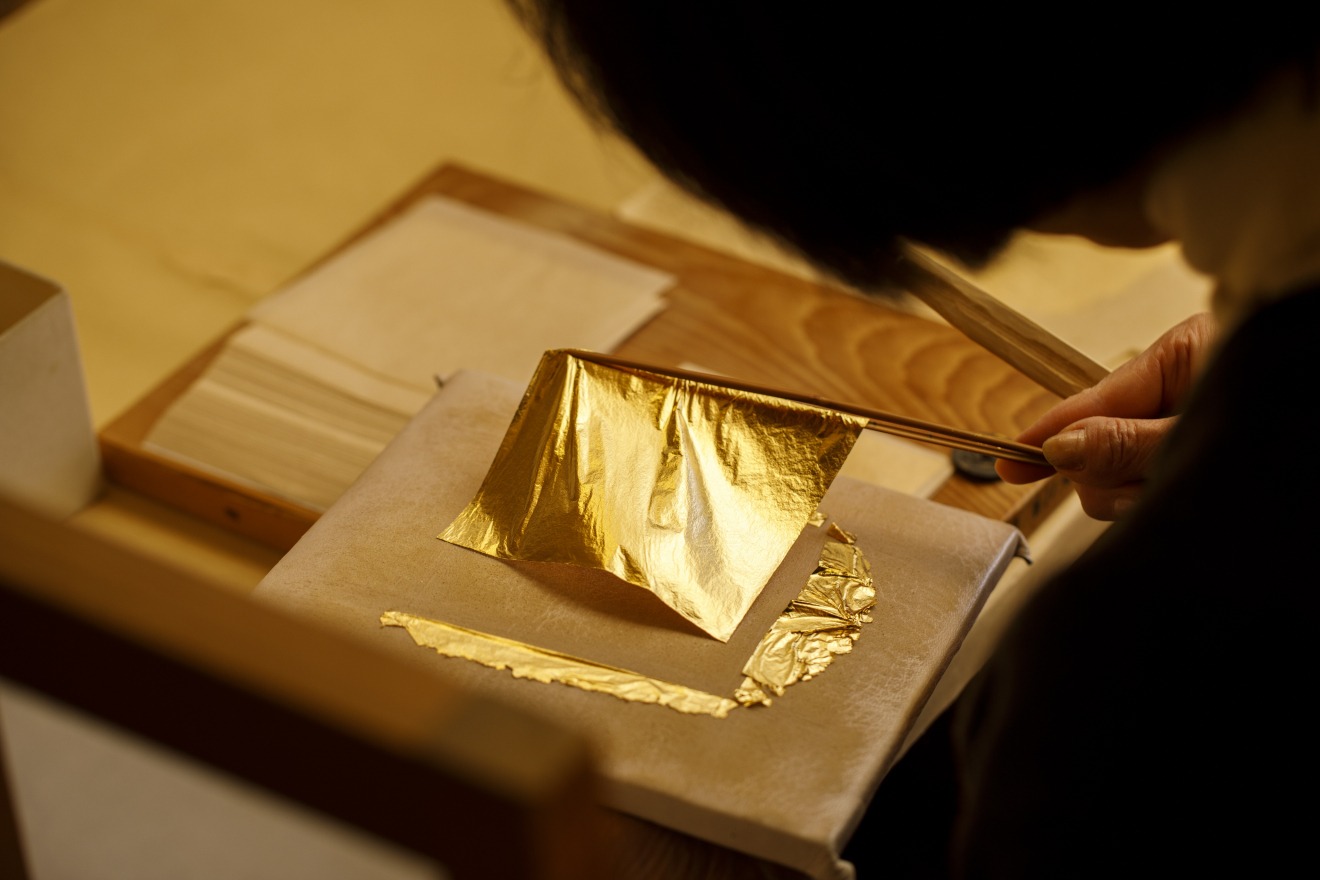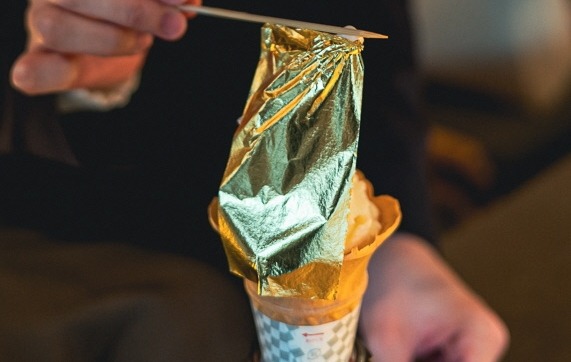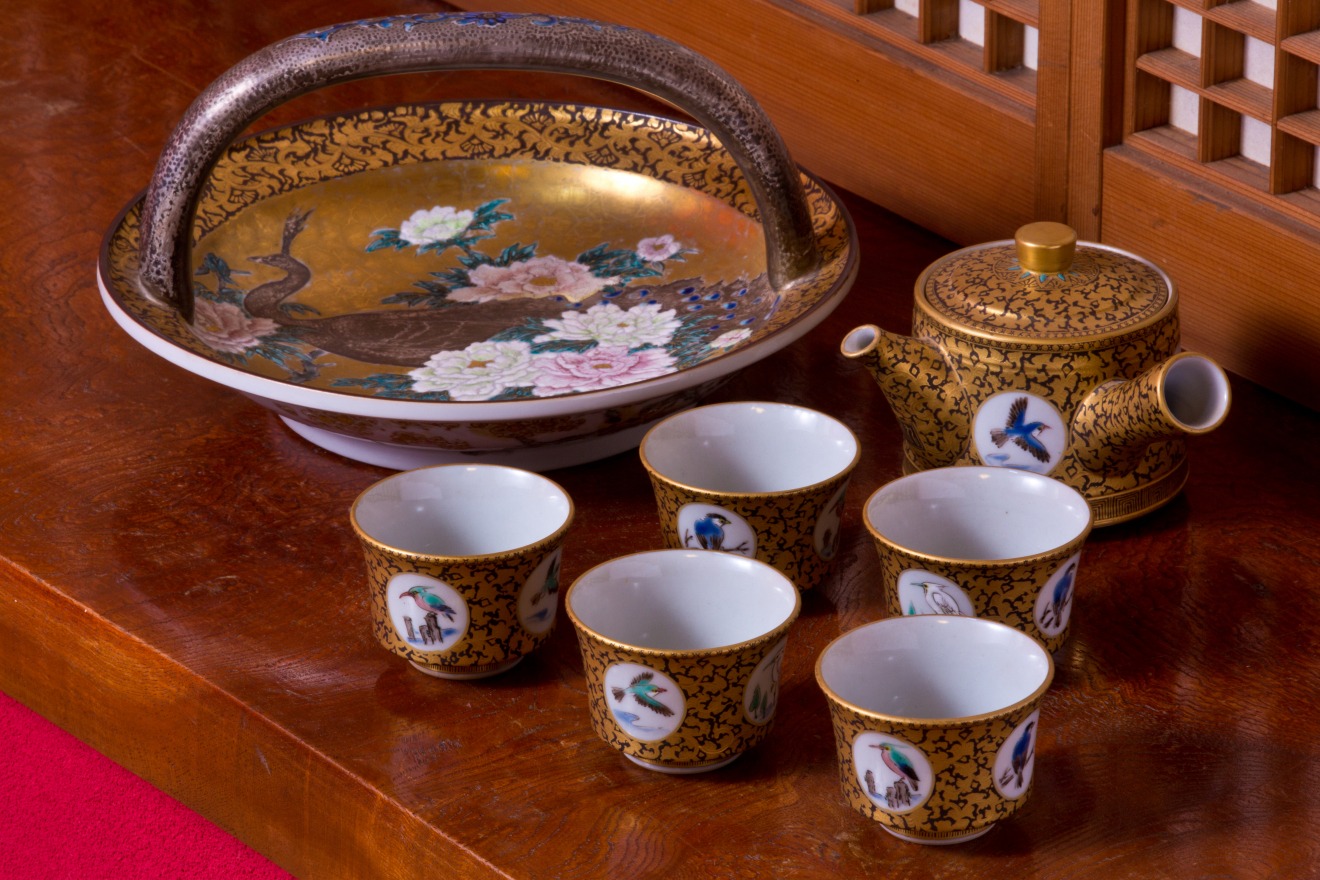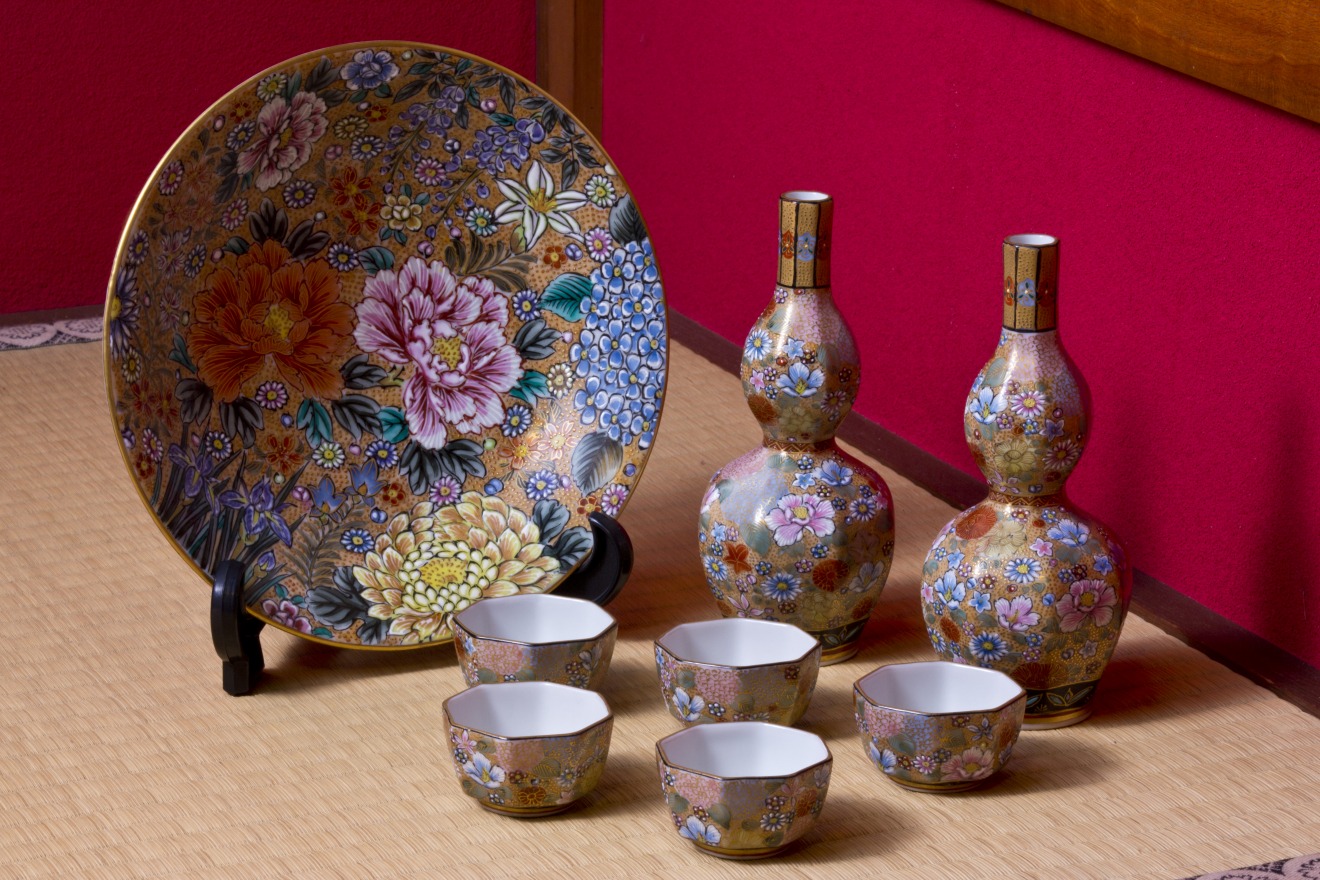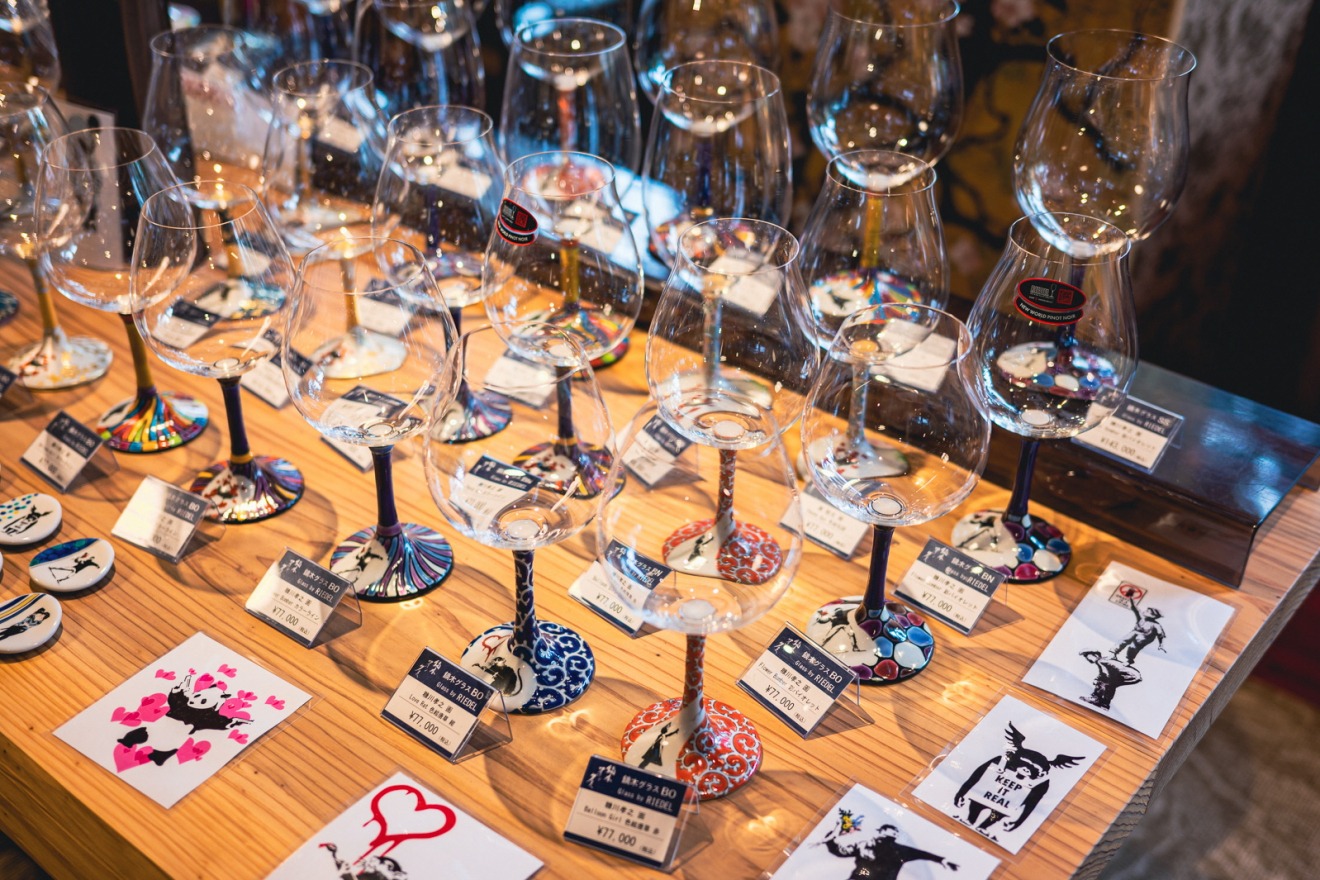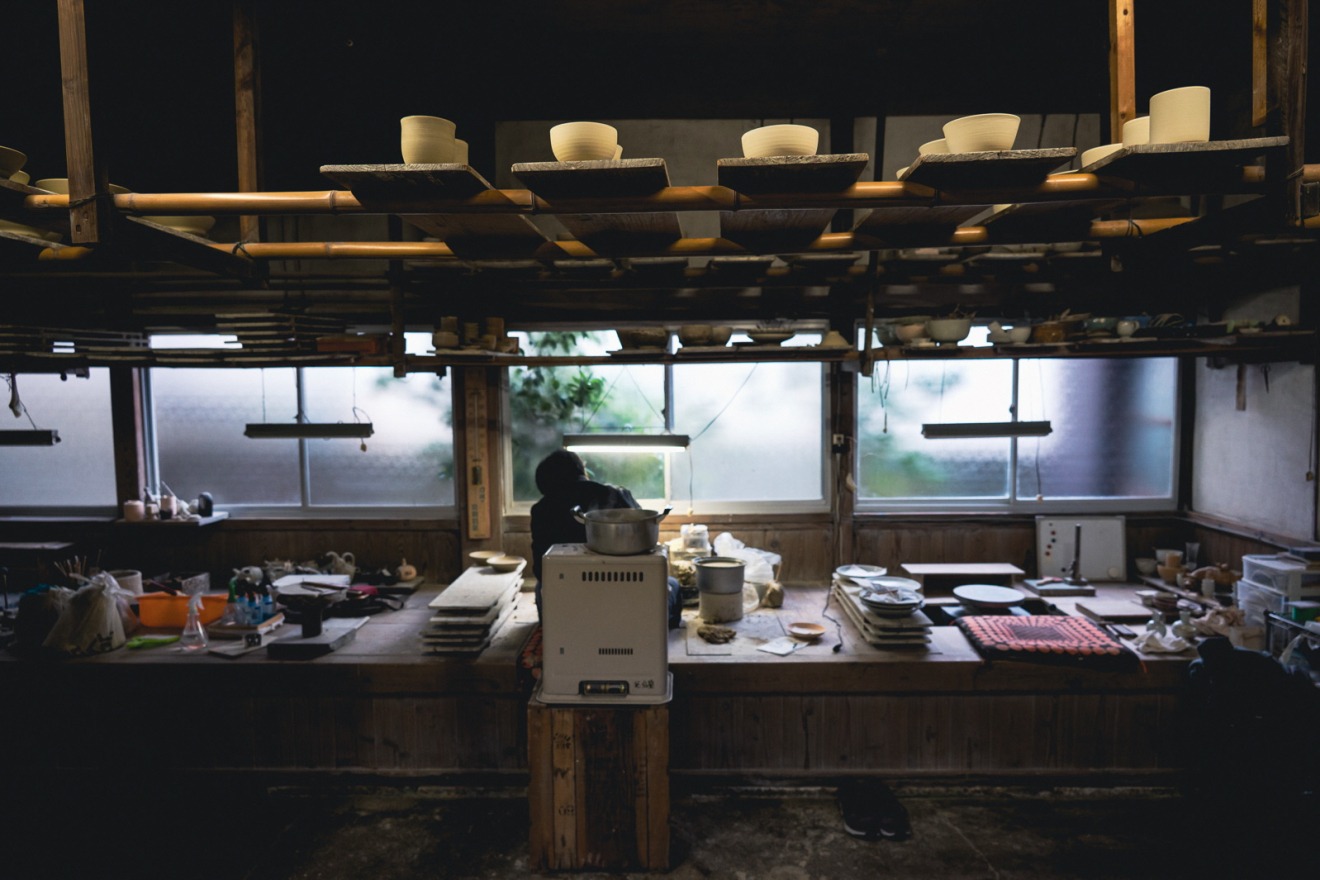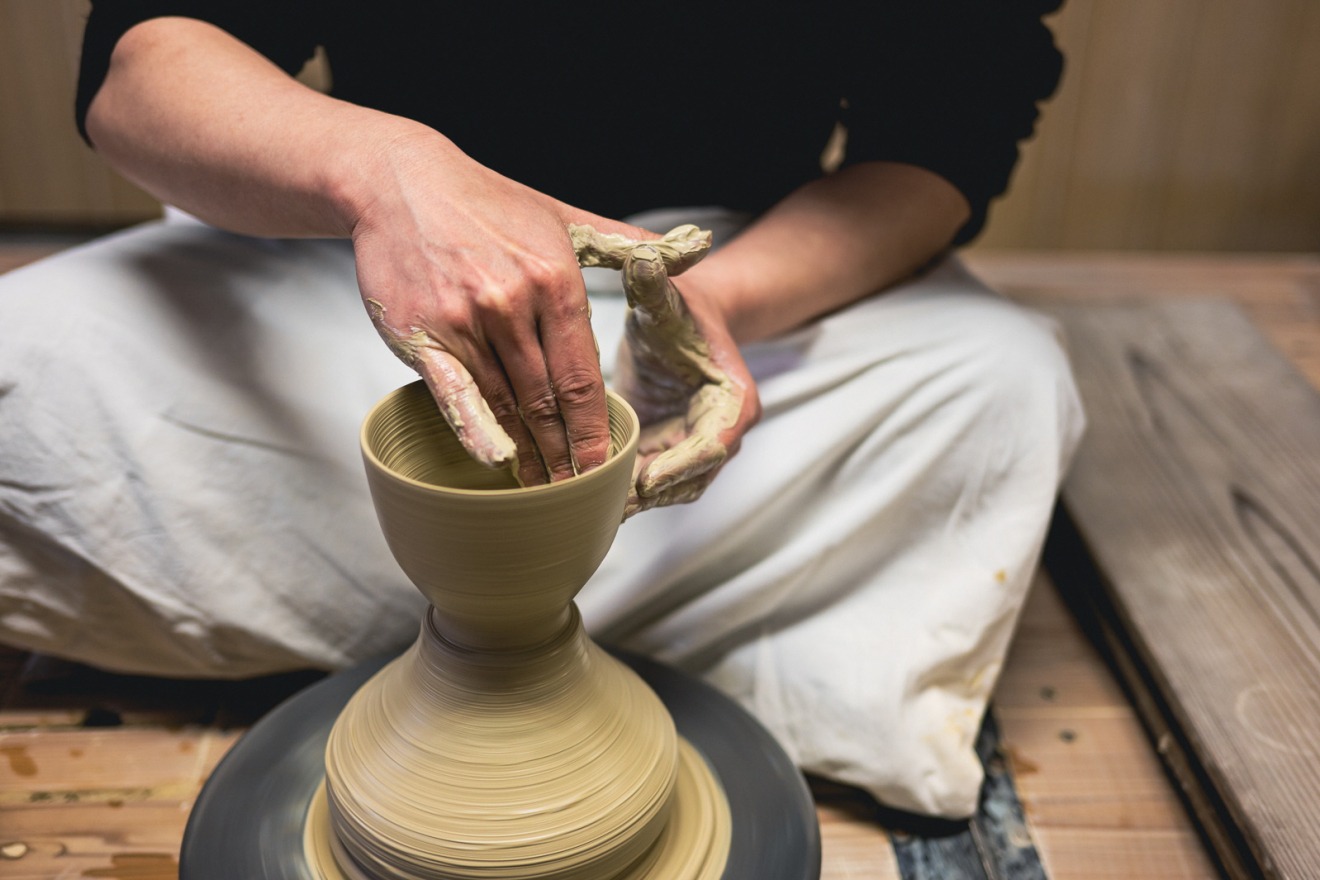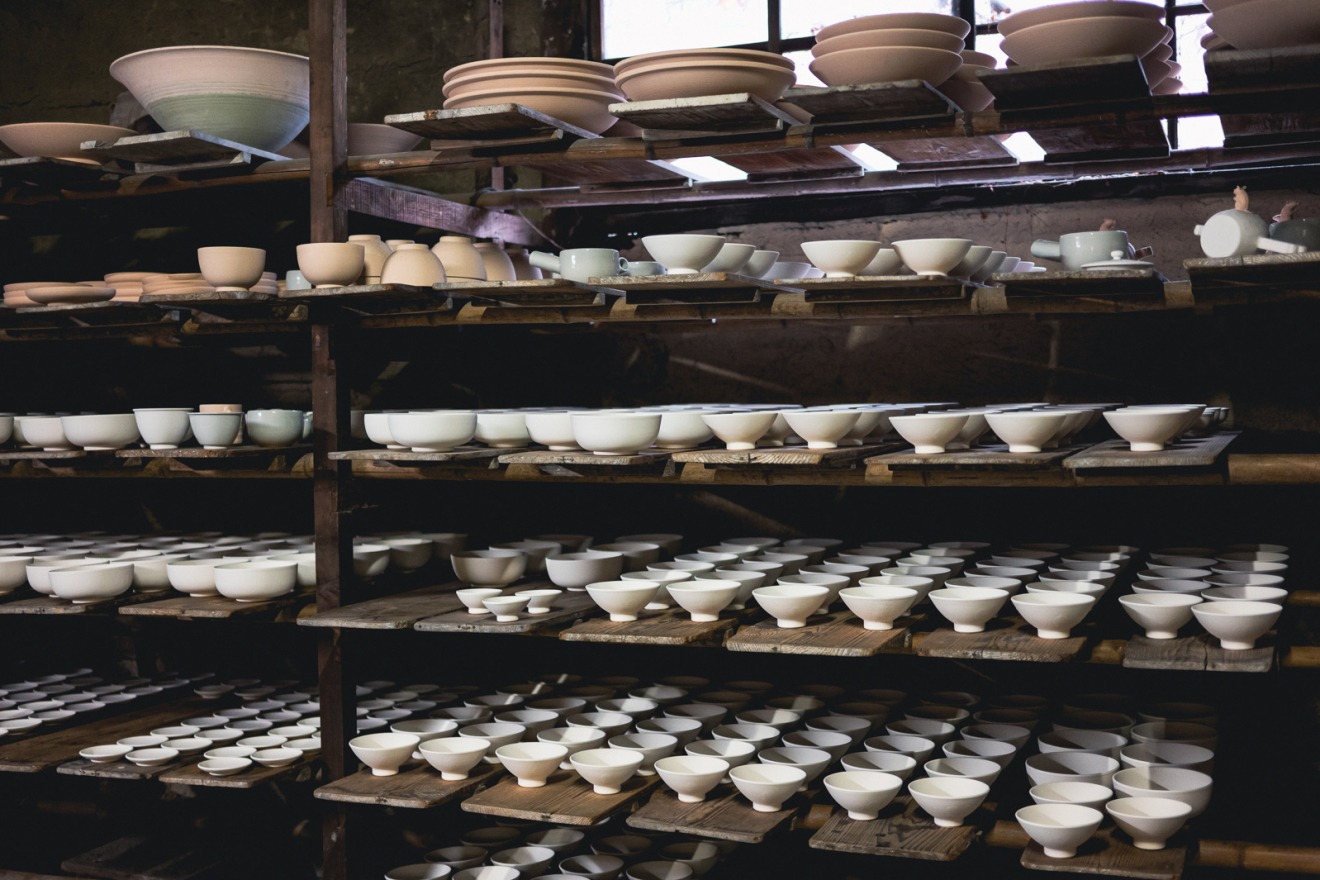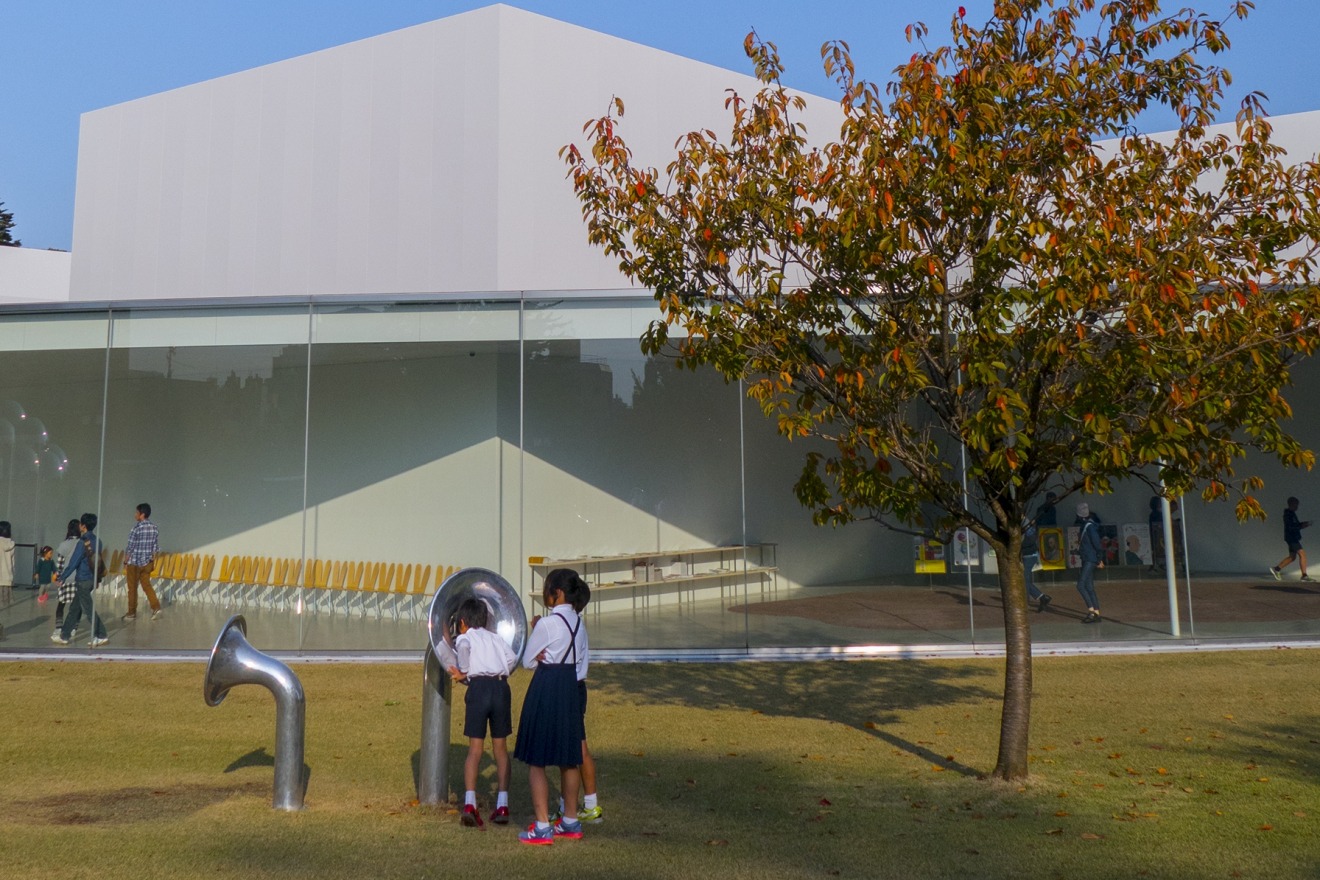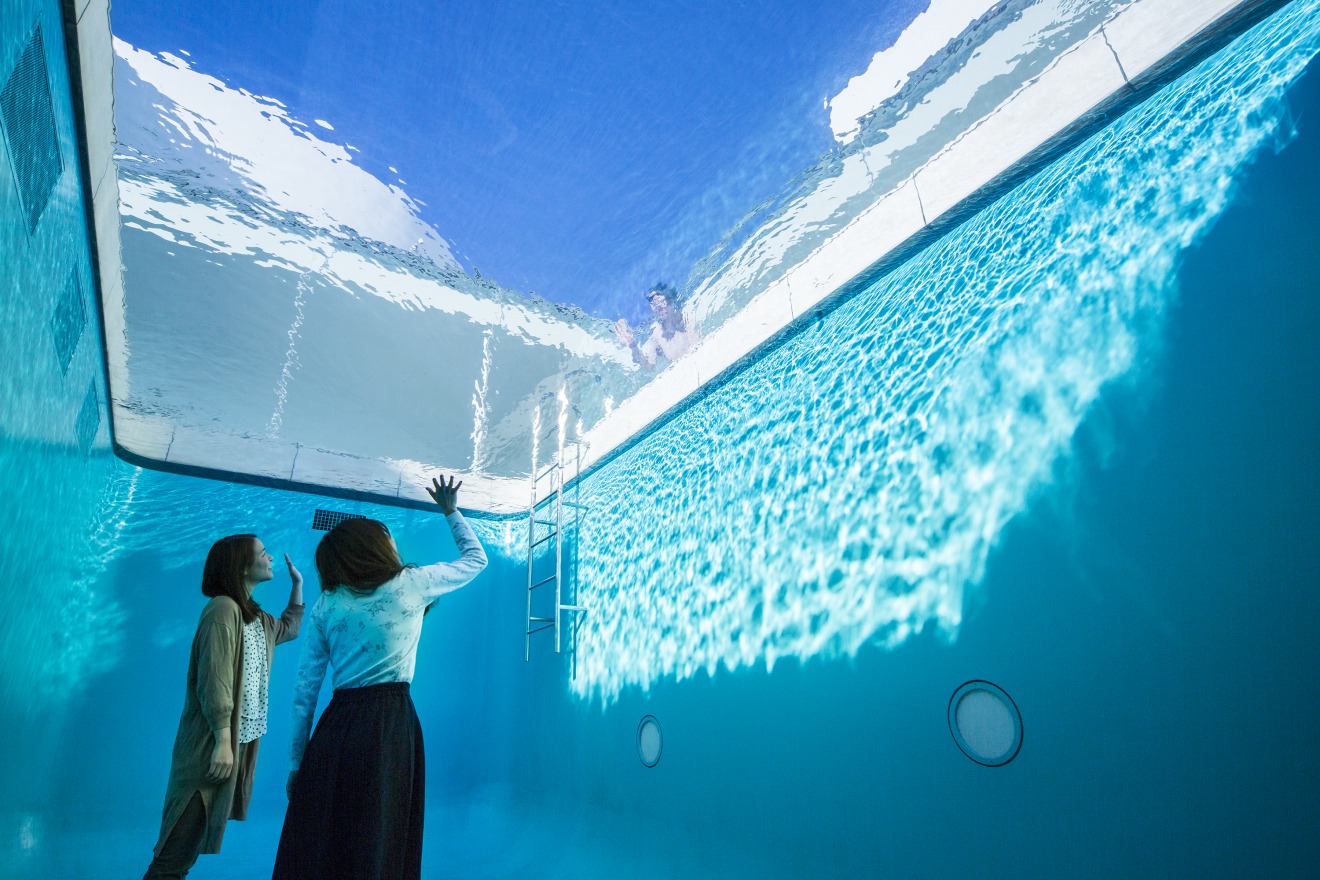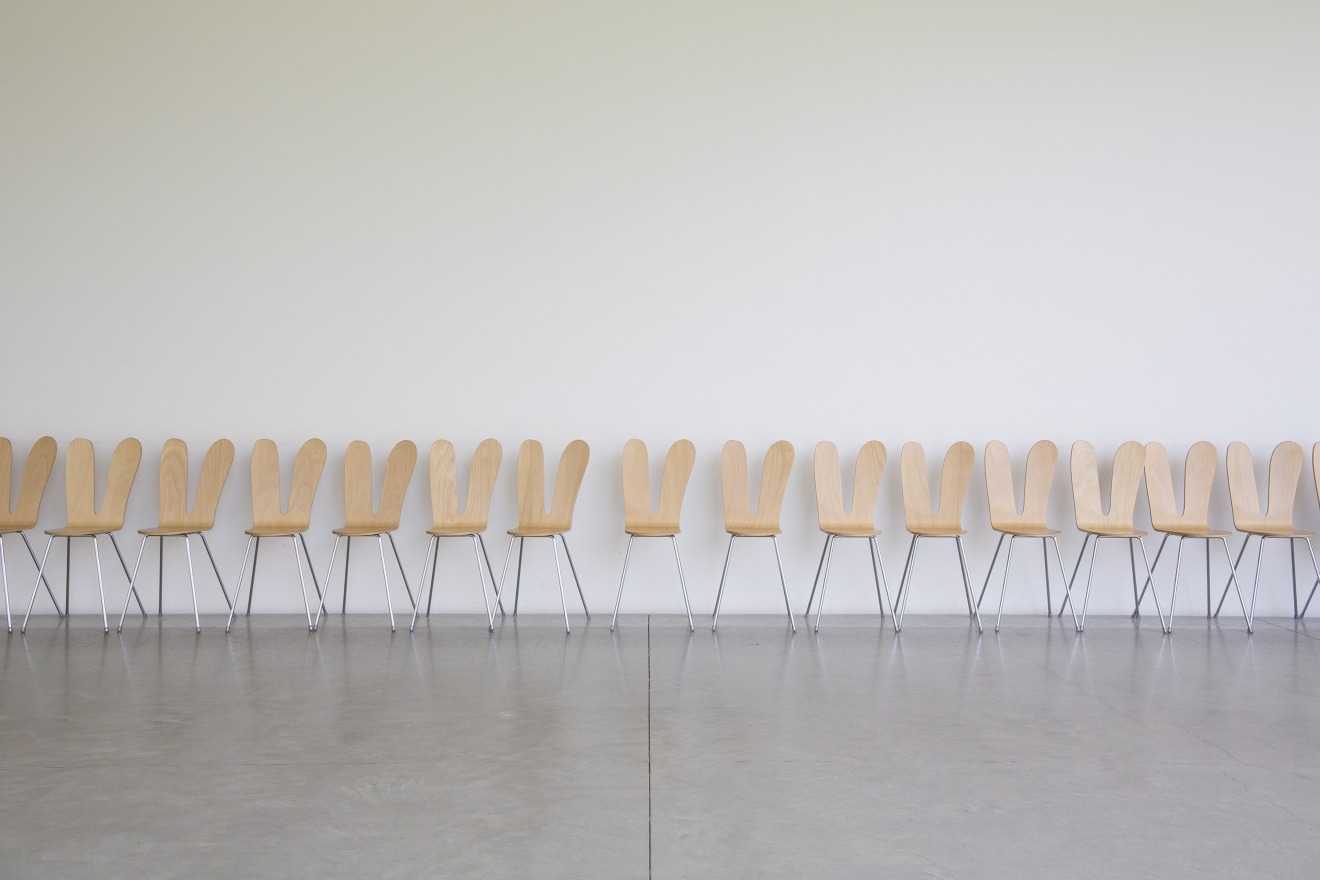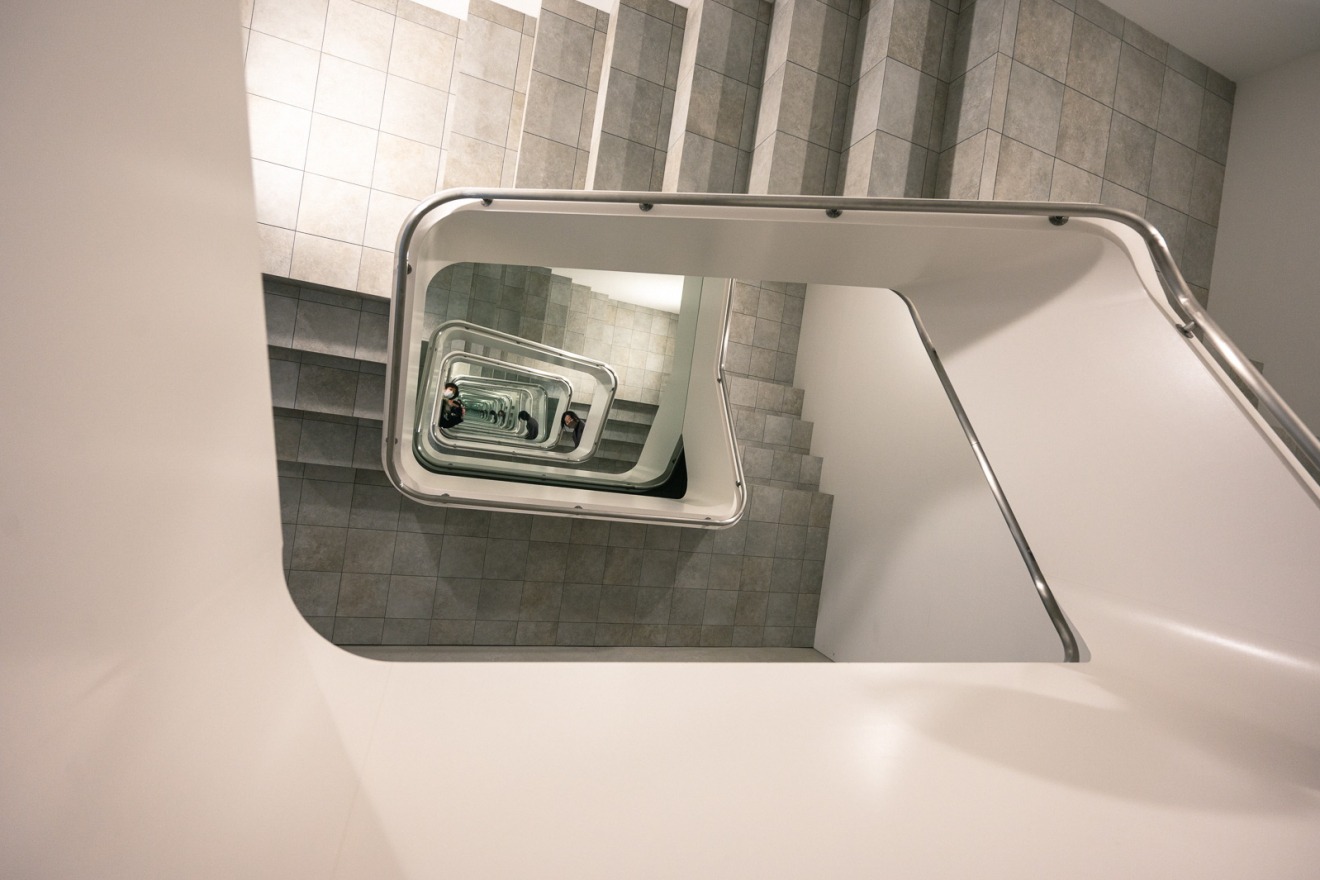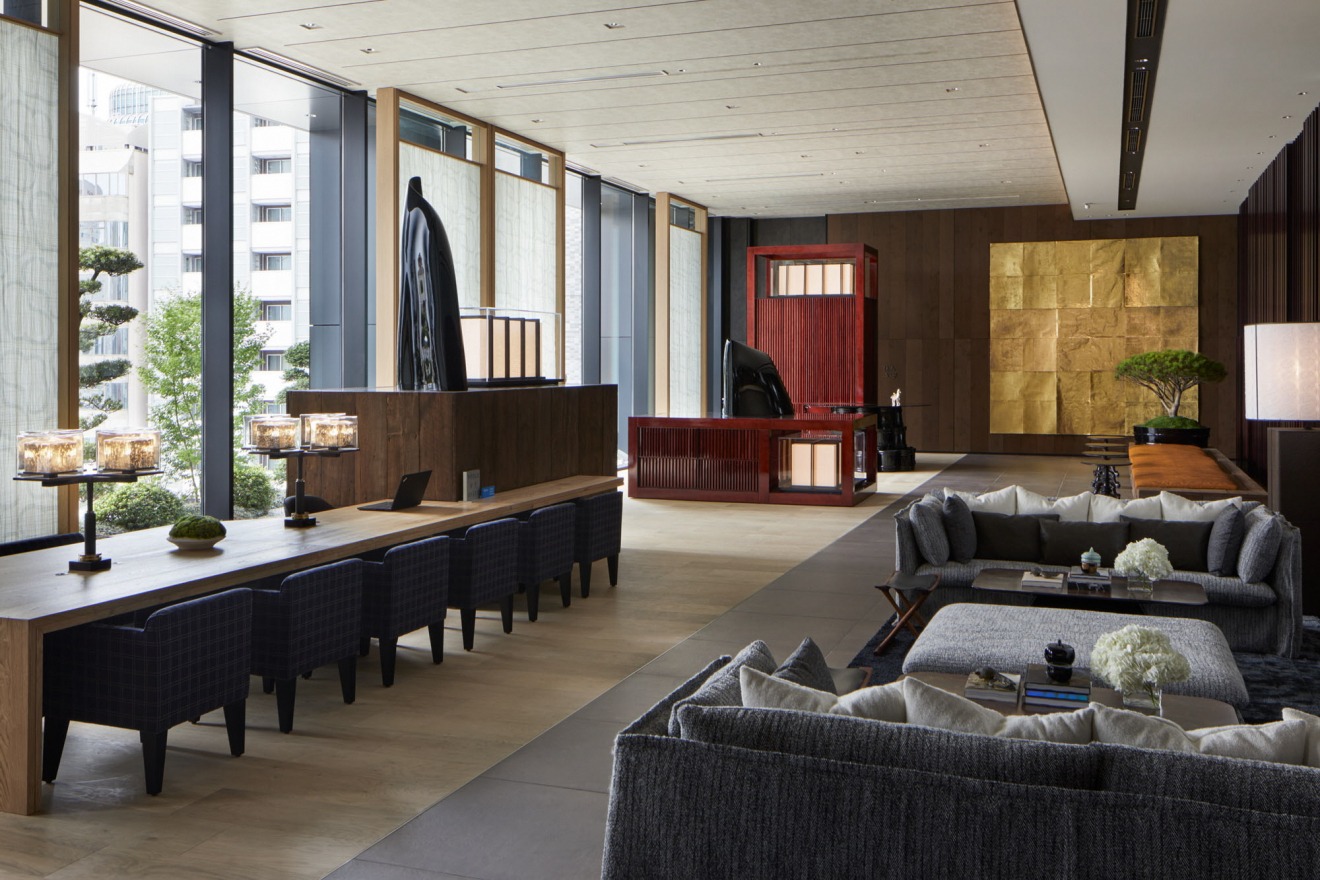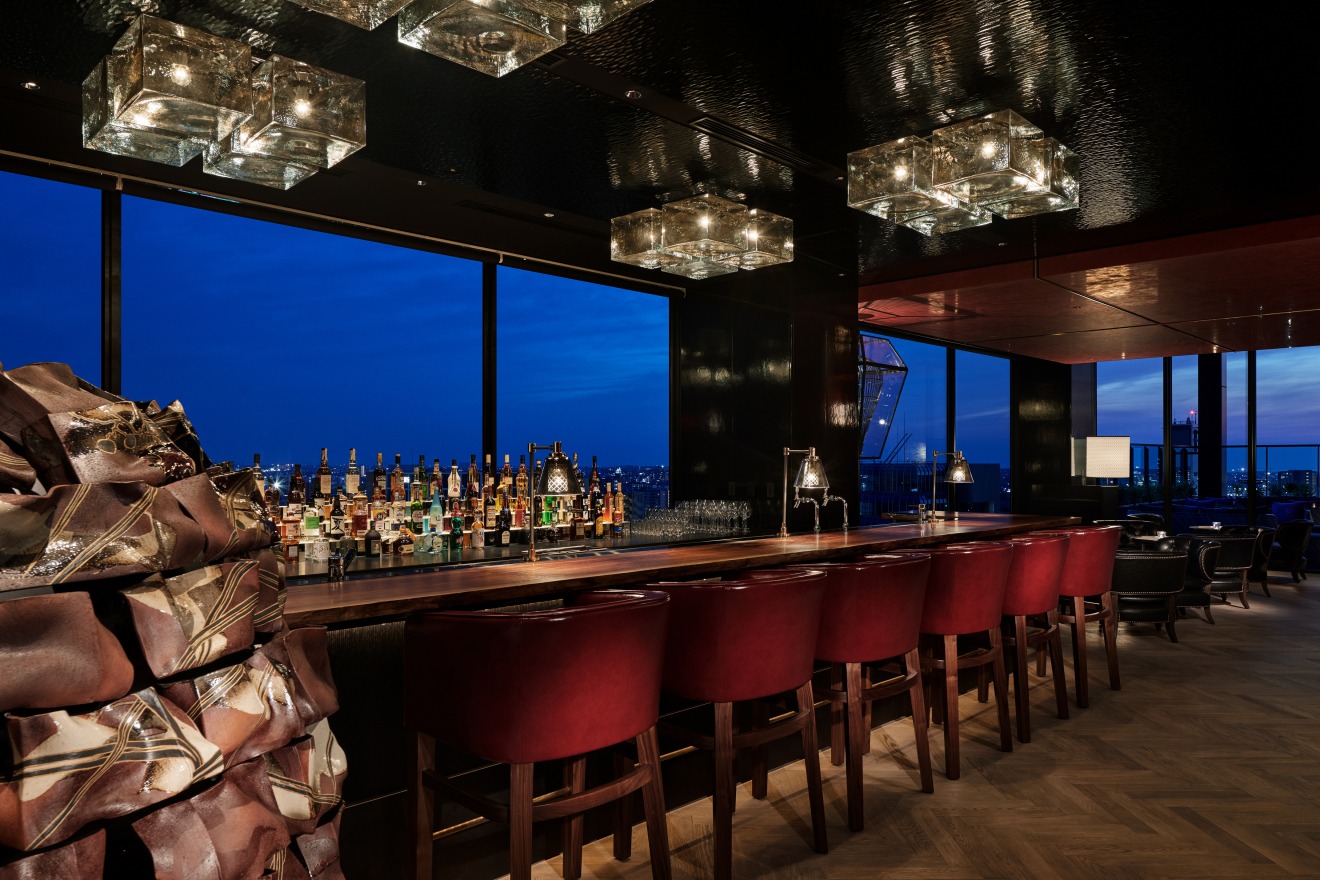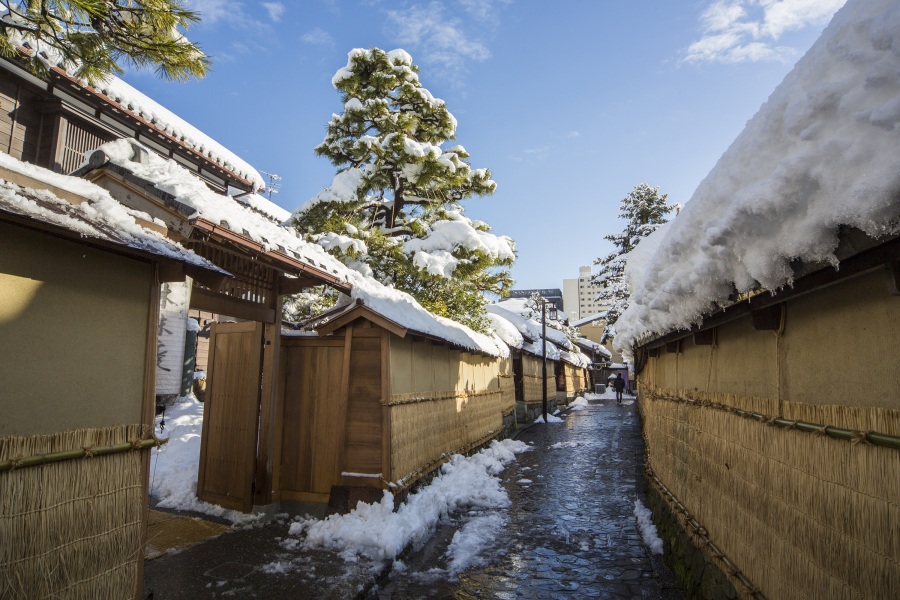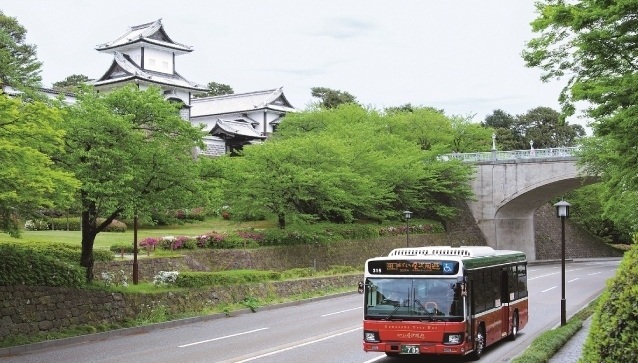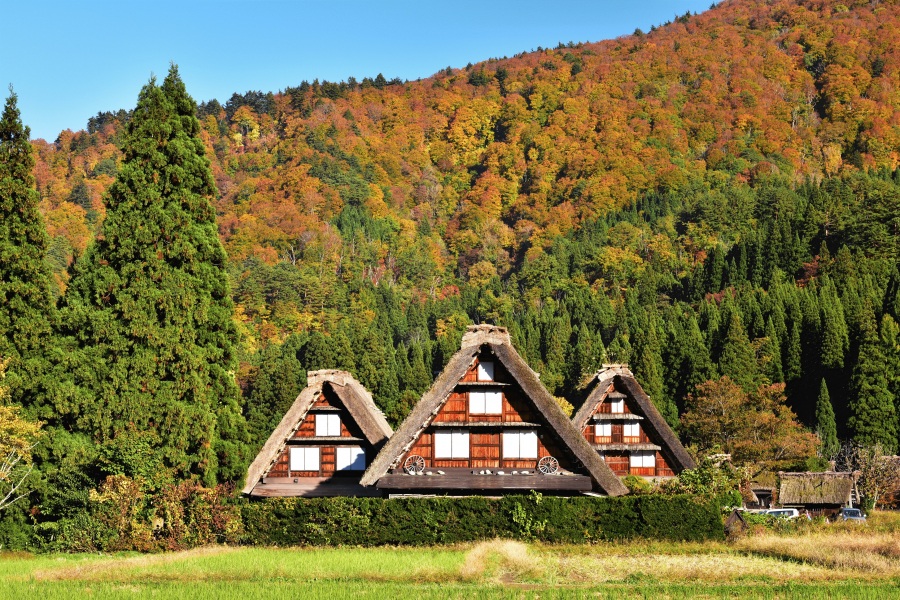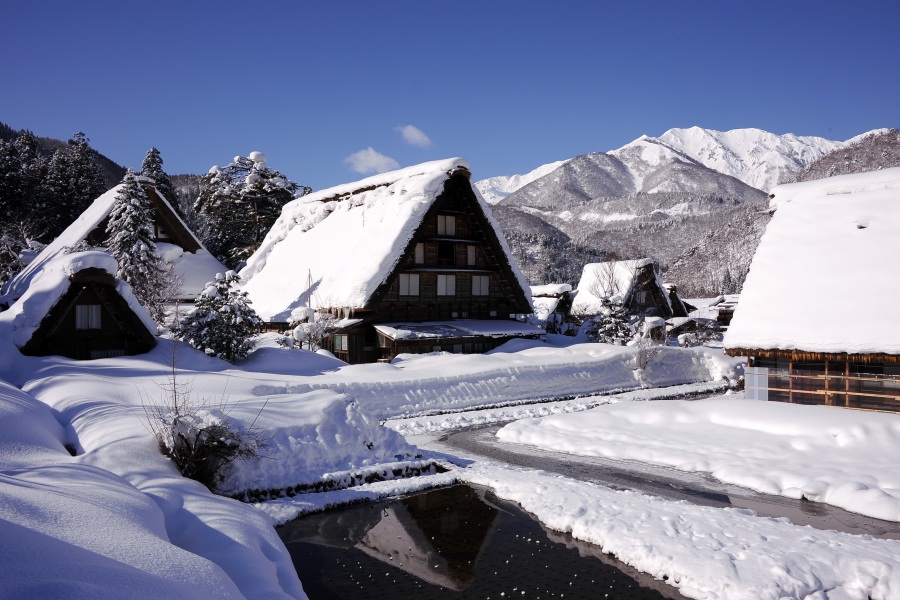Discovering the Art Culture of Kanazawa
Kanazawa's history as a center of the arts harkens back to the early Edo Period when the ruling Maeda clan attracted master artisans from around the country to the region as patrons of the arts. Centuries later, the culture of the arts, both traditional and modern, is alive and well in Kanazawa, which explains why UNESCO has included the city in its Creative Cities Network since 2009.
Today, Kanazawa's artisans are an eclectic mix of those carrying on traditional arts and crafts, cutting-edge artists who are using modern mediums, and others fusing traditional arts into modern products, reinventing the beauty of Kanazawa craftsmanship for the 21st-century lifestyle. For those who love the arts and crafts, Kanazawa is a literal treasure trove of workshops, museums, and stores catering to those who enjoy art in all forms. Let's take a look at a few of the many ways to enjoy the art scene of Kanazawa city.
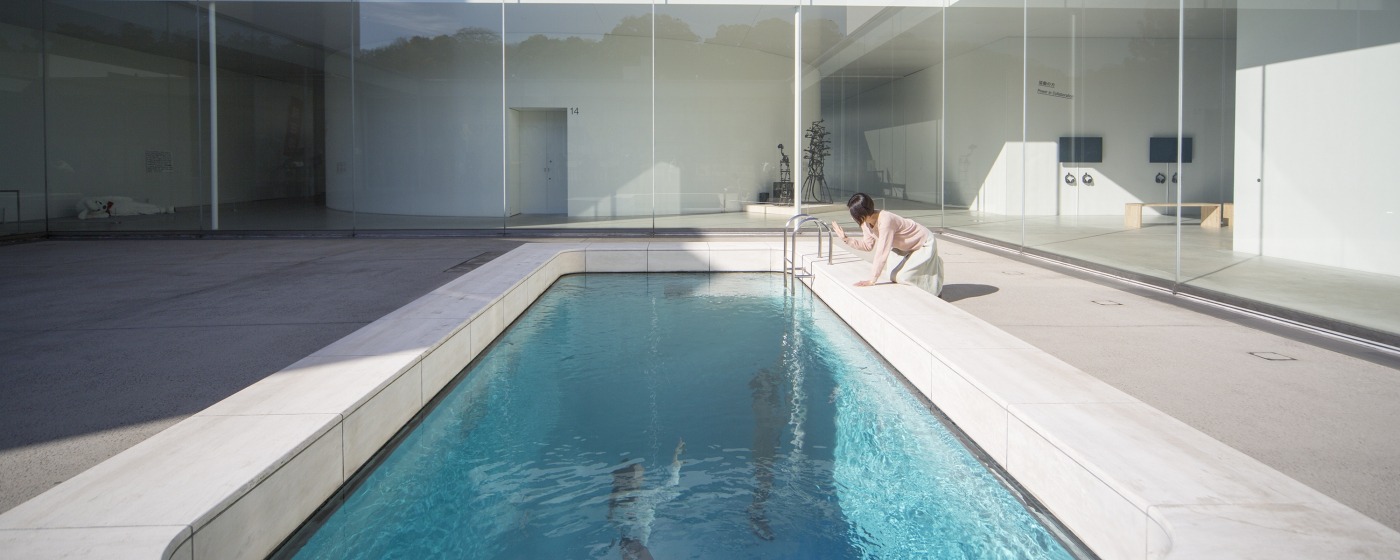
Kaga Yuzen Dyeing
If you've ever marveled at the beauty of a gorgeous kimono and wondered how the beautiful patterns of scenery and flowers were created, it may have been done completely by hand using a process called yuzen dyeing. This highly complicated form of dyeing requires 12 different steps involving design, sewing, drawing, steaming, and much more, each performed by a particular artisan skilled in each process. There are several styles of yuzen dyeing in Japan; the style local to Kanazawa is known as Kaga Yuzen.
The trademarks of Kaga Yuzen are the highly realistic designs and colors used in the patterns. It employs five distinct colors: indigo, dark crimson, yellow ocher, dark green, and royal purple, and uses gradation techniques to make objects appear more realistic and three-dimensional. Look closely at the details, and you'll see even more realism in the designs themselves, such as plant leaves that have been nibbled upon by insects.
Visit the Kaga Yuzen Kimono Center to see some of the finest examples of living and legendary master artisans. Besides the obvious kimono, you'll find other objects that have been dyed using Kaga Yuzen techniques, including silk shirts, purses, and accessories.
While you certainly won't have time to learn every step involved in Kaga Yuzen, short workshops on the basic steps of pattern-dyeing and hand drawing are offered to visitors here. Choose an object like a canvas bag or handkerchief and learn how to apply the dyeing techniques of the craft, with a lovely souvenir to take home for your efforts.
Kinpaku Gold Leaf
If there is one traditional craft uniquely Kanazawa, that craft would be kinpaku, gold leaf. While the name of the craft refers specifically to gold leaf, it also includes other precious metals like silver leaf and platinum leaf. Kanazawa currently produces 99% of Japan's gold leaf and 100% of silver and platinum. Besides the skills of the local artisans, it is also said that Kanazawa has the perfect climate for kinpaku production.
The art involves beating a small piece of gold into an extremely thin sheet, about 1/10,000 of a millimeter in thickness, so thin that you can actually see light through it. The gold can be combined with silver and copper to create different shades of gold leaf, which are then used to decorate objects. In ancient times, large quantities of gold leafing were used to decorate shrines and temples, but today they are more commonly used to decorate smaller objects for the home.
Kanazawa's local companies are now finding everyday uses for gold leaf, including use in cosmetics like gold leaf infused nail polish or gold leaf facial masks. Still, one of the most unique uses of gold leaf is that of a condiment! While the gold leaf has no discernable flavor, there is a particular luxury in eating foods adorned with gold leaf sprinkles or an ice cream covered in a sheet of gold leaf. Visit the gold leaf shop Imai Kinpaku, and the staff will teach you how to apply gold leaf to your own ice cream cone!
Kutani Ceramics
Kanazawa's unique form of porcelain has quite an eclectic history from its birth in the 17th century, including an extended period in the 18th century in which it entirely ceased production for reasons that are still largely unknown. Kutani-ware returned with a vengeance, however, after it was shown at the 1873 World Expo in Vienna and became one of the popular Japanese exports to the West during that era.
The traditional form of Kutani-ware uses the same five colors of Kaga Yuzen, but to satisfy the tastes of its Western customers of the 19th century, it was heavily embellished with highly detailed patterns and ample portions of gold leaf. Kutani-ware objects are often of Western origins, such as coffee cups or wine glass stems.
Modern Kutani artisans are no longer bound to the traditional color schemes or delicate patterns of the past, using the white porcelain as a "canvas" to create beautiful objects with minimalist designs, sometimes just a single graduated color and eye-catching gold or silver leaf. Throughout history, Kutani-ware has always been an art open to collaborations, so you'll find traditional Kutani plates and cups juxtaposed with designs from Charles M. Schulz's 'Peanuts' characters to the spray-painted works of Banksy.
In the middle of the Nagamachi Samurai District, you'll find Kaburaki Kutani Ware Museum. Although more of a shop than a museum, you'll find representative pieces of Kutani-ware from nearly every era on display or for purchase. If you take a lunch break in their cafe, you can enjoy a meal served on lovely pieces of Kutani tableware.
To truly connect with Kutani-ware, however, visit the Kutani Kosen Kiln, where you can participate in a hands-on experience at the potter's wheel guided by one of the workshop's master artisans. During this 90-minute experience, you'll be able to make as many objects as you have the time and skill to create and choose one of them to be fired and delivered to your home a few months later.
21st Century Museum of Contemporary Art, Kanazawa
After appreciating a few of the dozens of traditional crafts Kanazawa is known for, let's switch gears and check out the modern side of Kanazawa's art scene. There's no better place to start exploring than the city's best-known place for contemporary art, the 21st Century Museum of Contemporary Art, Kanazawa.
This museum is instantly recognizable by its circular form, entirely enclosed by floor-to-ceiling glass window. The museum was designed to encourage communication between people. You'll see this in permanent exhibitions and public spaces like the multiple sets of chairs set up in circles in the area surrounding the museum, the randomly connected network of artworks forming as tuba-like pipes that encourage people to "talk" with random strangers who might be listening at the other end, and the glass walls of the museum which allow people to clearly see what is going on, inside and out. Even the museum's famous permanent exhibit, "The Swimming Pool," encourages interaction between the people looking down into the pool and those looking up from the bottom.
Aside from its excellent set of permanent exhibits, a constantly changing mix of temporary exhibits from world-famous artists are on display in the museum's minimalist galleries. Even if you don't have time to spend viewing the entirety of the museum's exhibitions, feel free to enter the museum and look around. A portion of the museum's interior and certain permanent exhibits are free for visitors to view during opening hours.
KAMU Kanazawa
The cutting-edge of the Kanazawa modern art scene is KAMU Kanazawa, a modern art museum focused on three-dimensional, installation, and technology-based art. One of the centerpieces of KAMU Kanazawa is Leandro Erlich's "Infinite Staircase." Erlich also designed the famous "The Swimming Pool," a permanent exhibit at the 21st Century Museum of Contemporary Art, Kanazawa.
Perhaps most unique about KAMU Kanazawa is that it is not housed in a single location. Purchase your ticket at the main KAMU Center near the 21st Century Museum of Contemporary Art, Kanazawa and you'll be given a map to the other locations where works of art are on display. The locations are eclectic; one even transforms into an actual bar after dark. The idea is that the city itself is the museum and having the locations spread around the city encourages exploration.
KAMU Kanazawa is still a relatively young museum, and several more locations and exhibits are still being added. But the concept and art of KAMU Kanazawa prove that creativity and innovation are the primary drivers of Kanazawa's art culture.
Hyatt Centric Kanazawa
You might be surprised to find a hotel included in a list of must-see locations for art in Kanazawa, but the Hyatt Centric Kanazawa redefines the level of interaction its guests can experience with Kanazawa arts and crafts. In the hotel lobby alone you'll find an art piece created by a Living National Treasure of Japan, the highest designation for master artisans in the country. Perhaps most shockingly, you won't find these pieces behind glass or displayed out of reach; they are placed nonchalantly in very public places where guests can get an up-close-and-personal look at the details of these masterpieces of Kanazawa art, exactly how the hotel management intended them to be viewed.
In this sense, the Hyatt Centric Kanazawa is more than just a gallery of local art; it is a place where you can experience living with art as everyday items. There are so many pieces of art displayed with such subtlety that guests never feel uneasy around the art, but simply feel it is part of their environment. Art is also incorporated into the decor of the rooms, even Kutani ceramic plates are used to identify room numbers. The hotel has also created unique pieces of art using tools and items that are often disposed of during the production processes of several Kanazawa traditional craft making.
Staying among the works of art here is a reminder of the true purpose of art: to bring beauty and peacefulness into our lives, rather than to intimidate or impress. And the way the Hyatt Centric Kanazawa has used local arts and crafts and even common objects create a deeper connection between its guests and the artisans that make Kanazawa such a remarkable place for the arts.
When you visit Kanazawa, you will quickly understand that the city's rich history and its dedication to the arts are inseparable. Few places in the world offer as many unique opportunities to experience art firsthand as Kanazawa, whether it be in galleries, hotels, or hands-on in workshops. So be sure to check out the art scene as part of your experience in our city of the arts, Kanazawa.
